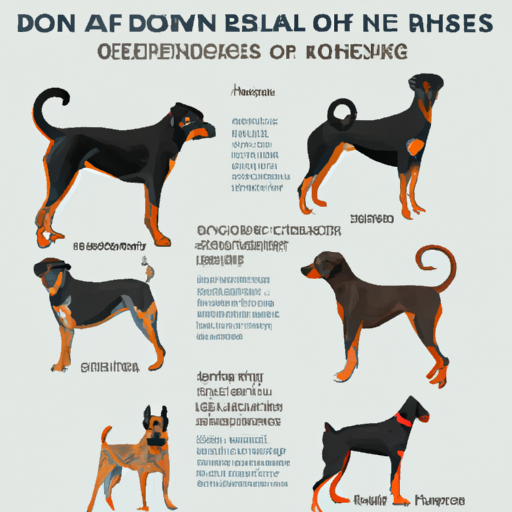As a caregiver, you may wonder why some dogs have their tails docked and which breeds are typically subject to this practice. We’ll delve into this topic, addressing the reasons for tail docking, the breeds that commonly undergo this procedure, the ethical debates surrounding it, the legal aspects, and the potential alternatives.
The Reasons for Tail Docking
Tail docking, a practice that dates back centuries, is performed on puppies for a variety of reasons. Some might argue it’s for aesthetic appeal, while others claim it’s necessary for the dog’s health and safety.
- Working Dogs: Historically, many dogs had their tails docked to prevent injuries while performing their duties. For example, hunting dogs might get their tails caught in bushes, while herding dogs could be nipped by agitated livestock.
- Breed Standard: In some cases, tail docking is done to meet breed standards set by kennel clubs. This often stems from the dog’s historical role, even if the dog is no longer typically used in that capacity.
- Health Reasons: Some believe that docking can prevent future injuries or infections. However, this is a contentious point, as many vets argue that it’s better to treat potential issues as they arise rather than preemptively removing the tail.
Breeds That Commonly Get Their Tails Docked
Various breeds are known for their docked tails, either due to their historical roles as working dogs or because of established breed standards. Here are some examples:
- Boxers
- Doberman Pinschers
- Rottweilers
- Yorkshire Terriers
- Spaniels (Cocker, Springer, etc.)
The Ethical Debate Surrounding Tail Docking
You, as a caregiver, are likely concerned about the ethical implications of tail docking. Many animal rights advocates and veterinarians argue against the practice, citing the unnecessary pain it can cause to puppies. They contend that unless there’s a valid medical reason, tail docking should be avoided.
The Legal Aspects of Tail Docking
In some countries, tail docking is banned unless it’s performed for a legitimate veterinary reason. In others, the practice is still permitted. Here’s a brief table outlining the legality in different regions:
| Country | Legality of Tail Docking |
|---|---|
| UK | Banned, with exceptions |
| Australia | Restricted, with exceptions |
| USA | Permitted |
| Canada | Varies by province |
Alternatives to Tail Docking
If you’re uncomfortable with the idea of docking your puppy’s tail, there are alternatives. One option is to choose a breed known for their naturally short tails, such as the Pembroke Welsh Corgi or the French Bulldog. Alternatively, you can opt for a breed that typically has their tails docked but choose not to dock your particular puppy’s tail.
FAQ
Q: Is tail docking painful for the puppy?
* A: While puppies are very young when the procedure is performed, many experts argue that it can still cause discomfort and stress.
Q: Will my dog’s tail get injured if I don’t dock it?
* A: It’s not guaranteed. Just as humans can injure any part of their body, so can dogs. It’s best to treat injuries as they arise.
Q: Is tail docking necessary for show dogs?
* A: It depends on the breed and kennel club. Some clubs require certain breeds to have docked tails to meet the breed standard.
Q: Can I show a traditionally docked breed with an undocked tail?
* A: It depends on the breed and the specific show. Some may allow it, while others might penalize the dog for not meeting the breed standard.



